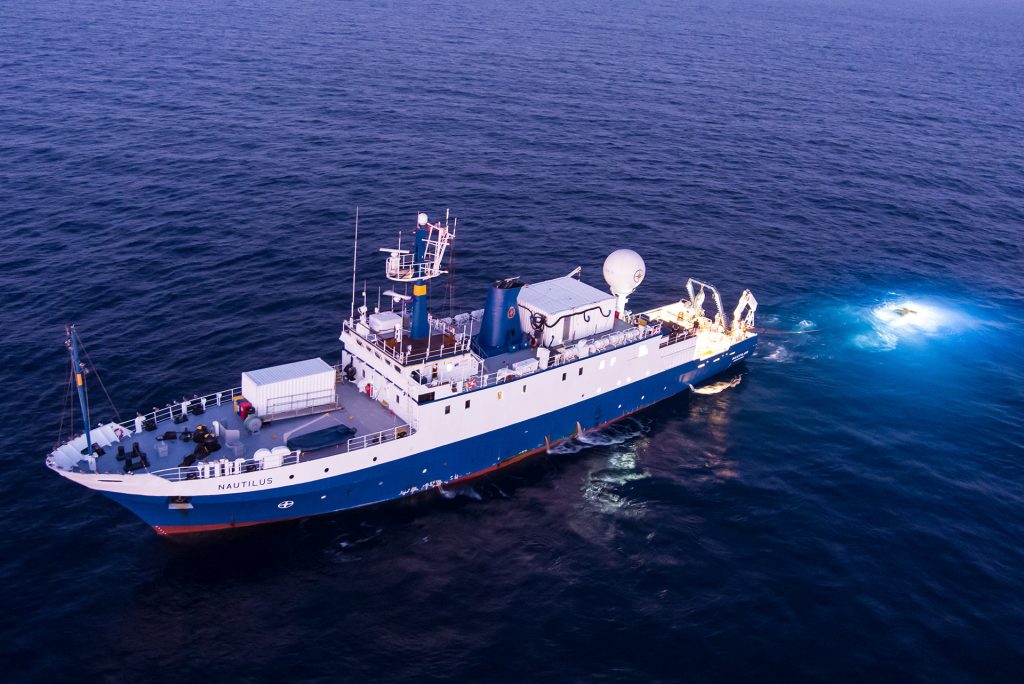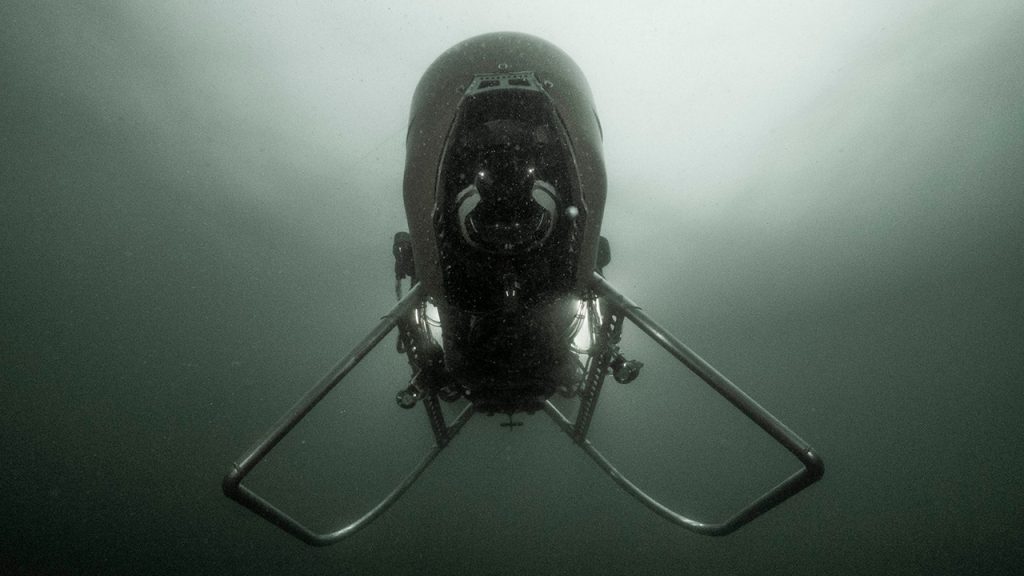[ad_1]
From October 24 to December 6, 2021, researchers aboard Exploration Vessel (E/V) Nautilus will explore seamounts in Papahānaumokuākea Marine National Monument (PMNM) with primary funding from NOAA Ocean Exploration through the NOAA Ocean Exploration Cooperative Institute (OECI), and additional support from NOAA Office of National Marine Sanctuaries (ONMS), National Oceanographic Partnership Program (NOPP), and the NOAA Ocean Exploration’s Fiscal Year 2021 funding opportunity. PMNM encompasses 582,578 square miles of the Pacific Ocean, an area larger than all the United States’ national parks combined, and is one of the largest marine conservation areas in the world. PMNM is also a region of cultural significance to Native Hawaiians, and management of the monument identifies and integrates traditional knowledge and management concepts with contemporary designations.

With the aim to uplift the vibrant resurgence of the Hawaiian language, OET is collaborating with PMNM and the Office of Hawaiian Affairs through funding from the National Marine Sanctuary Foundation to host live ship-to-shore interactions and develop education resources in ‘Ōlelo Hawaiʻi (Hawaiian language) for immersion and charter schools in Hawai’i. The expedition aboard the 224-foot Nautilus will also be made available to the public in real-time through live-streamed video on www.NautilusLive.org, and viewers will be able to ask the at-sea team questions via the website and live events on social media.
On the first expedition — named Luʻuaeaahikiikalipolipo — from October 24 to November 13, the team aboard Nautilus will conduct multibeam and sub-bottom profiler mapping on Liliʻuokalani Seamounts at the northwestern end of PMNM. These seamounts are completely unexplored by remotely-operated vehicle (ROV) or multibeam mapping. Information collected during this expedition will help the expedition team plan ROV dives throughout the Liliʻuokalani Seamount chain in spring 2022. This expedition, funded by the NOAA OECI and NOPP, contributes to the National Ocean Mapping, Exploration, and Characterization Council (NOMEC) and GEBCO Seabed 2030 seafloor mapping priorities. Both efforts to build complete maps of the seafloor require dedicated surveying efforts, particularly in remote areas, as 97% of the seafloor greater than 3000 meters depth in the PMNM and Pacific Remote Islands Marine National Monument is currently unmapped at high resolution.

During the second expedition — named Luʻuaeahikiikapapakū — in PMNM from November 15 to December 6, researchers will conduct ROV surveys of the Wentworth seamount chain to document the variety of coral and sponge communities that live along the flanks of these seamounts, which are hot-spots of biological diversity that require a deeper understanding for future conservation. The research team will also conduct geological sampling to examine microbe-mineral interactions and mineral content of ferromanganese crusts, which form the outer layer of some deep-sea rocks, as well as the age and mineral composition of the rocks to unlock the geologic origins of these seamounts. This expedition is funded by the NOAA OECI, with additional support from NOAA ONMS and NOAA Ocean Exploration’s Fiscal Year 2021 funding opportunity supporting research activities led by Lead Scientist Dr. Beth Orcutt of Bigelow Laboratory for Ocean Sciences.
The NOAA OECI is a consortium of Ocean Exploration Trust, University of Rhode Island, Woods Hole Oceanographic Institution, University of New Hampshire, and University of Southern Mississippi that combines technological and scientific resources and expertise to accelerate and enhance future exploration of the estimated 3 billion acres of submerged US territory.
These expeditions are part of OET’s broader 2021 expedition season aboard E/V Nautilus conducting scientific exploration in ten expeditions across the Eastern and Central Pacific. OET was founded in 2008 by Dr. Robert Ballard to explore the ocean, seeking out new discoveries in the fields of geology, biology, maritime history, and archaeology to engage in pure ocean exploration. International programs center on the scientific exploration of the seafloor, innovating new ways and technologies to conduct exploration, as well as engaging and educating the next generation on the significance of science, technology, engineering, art, and mathematics (STEAM) and their relationship to ocean science. For more information, please visit the OET Press Room and Live Events pages.
[ad_2]
Source link
